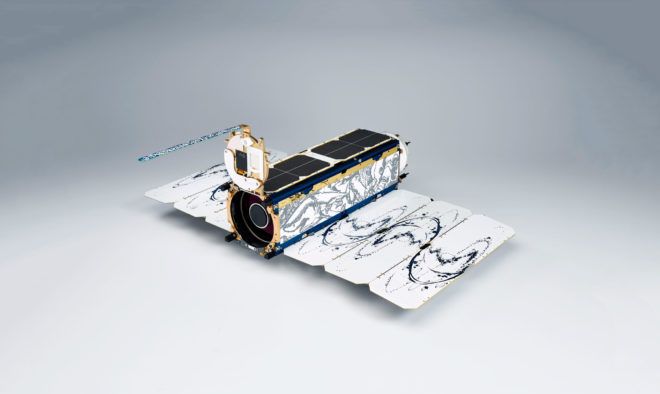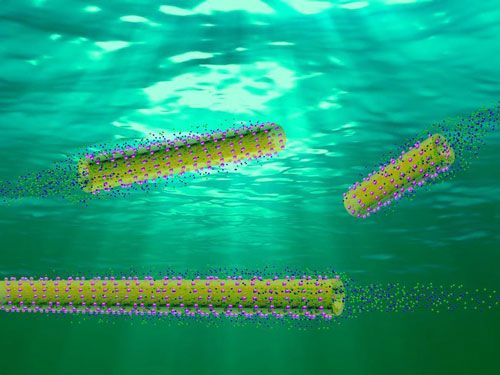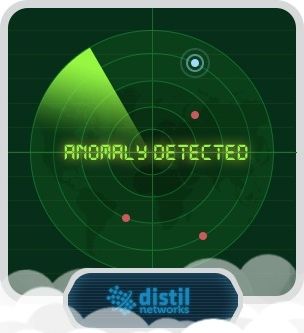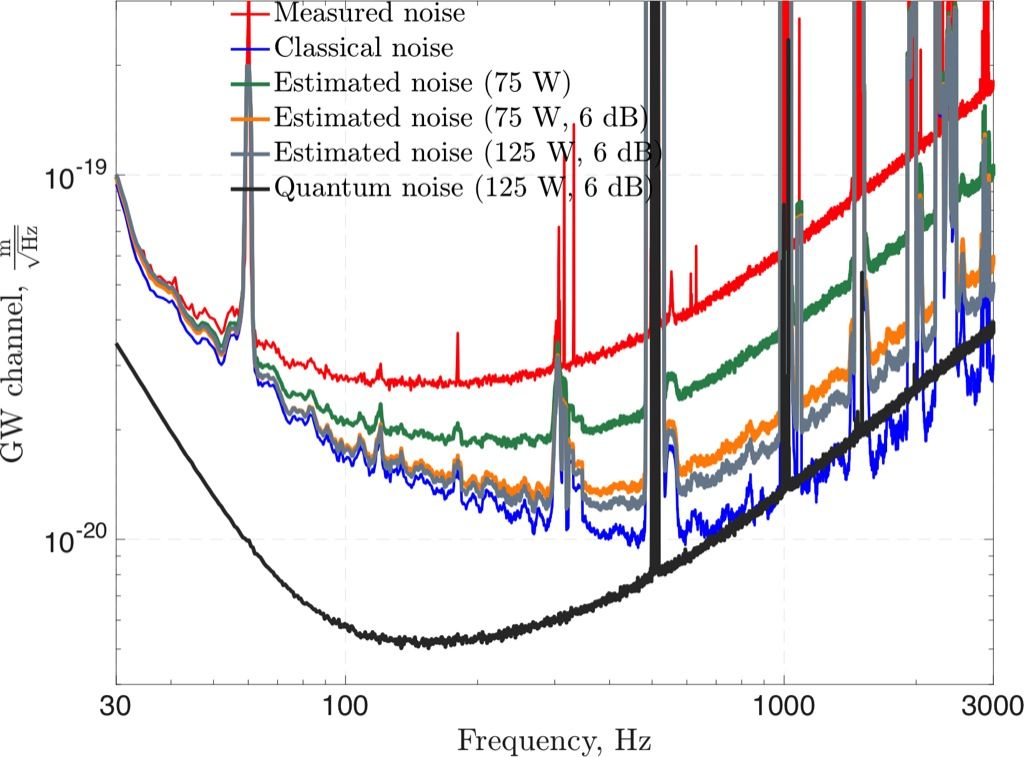Page 10241
Feb 14, 2017
Dubai aims to launch hover-taxi
Posted by Klaus Baldauf in categories: robotics/AI, transportation
Dubai has tested a Chinese prototype of a self-driving hover-taxi, its transport authority said on Monday, with the aim of introducing the aerial vehicle in the emirate by July.
The test of the one-man electric vehicle comes as the city state in the United Arab Emirates seeks to ensure a quarter of its means of transport are self-driving by 2030.
The EHang 184 can travel on a programmed course at 100 kilometres an hour (60 mph) at an altitude of 300 metres (1,000 feet), the authority said in a statement.
Feb 14, 2017
Less is more: potential breakthrough for treating hypertension with ultra low-dose combinations
Posted by Steve Hill in categories: biotech/medical, health
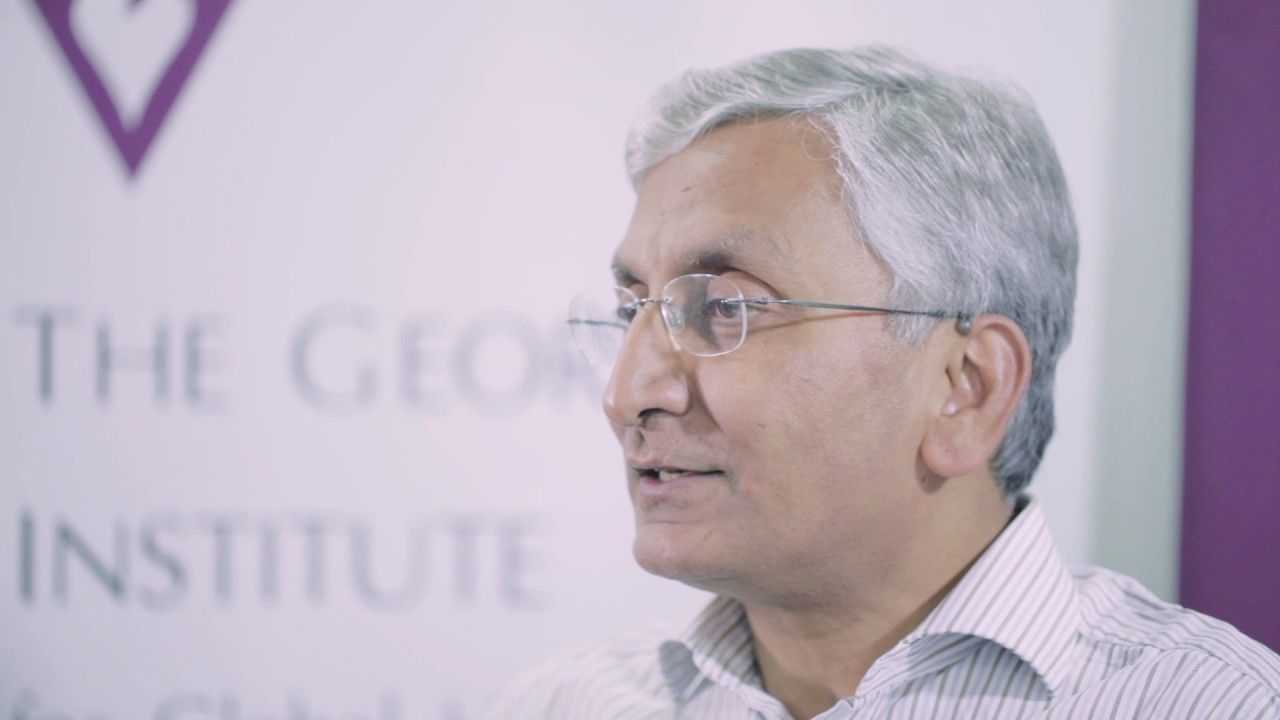
Synergy is very important in medicine and sometimes old drugs have unexpected results when combined with others. Here we have a quad therapy that has had great results with hypertension.
A small but clinically important trial of a new ultra-low dose four-in-one pill to treat high blood pressure has produced remarkable results.
Feb 14, 2017
EmDrive: UK scientist claims ‘new physics’ explains galaxy rotation and theoretical space propulsion
Posted by Andreas Matt in categories: cosmology, quantum physics, space travel
Dr Mike McCulloch says his theory explains why galaxies are not ripped apart, without needing dark matter.
Feb 14, 2017
Scientists Have Created a Long-Fabled Triangle-Shaped Molecule in the Lab
Posted by Shane Hinshaw in categories: materials, particle physics
For the first time, researchers have synthesised a strange and unstable triangle-shaped molecule called triangulene, which physicists have been chasing for nearly 70 years.
Triangulene is similar to the ‘wonder material’ graphene in that it’s only one-atom-thick. But instead of sheet of carbon atoms, triangulene is made up of six hexagonal carbon molecules joined along their edges to form a triangle — an unusual arrangement that leaves two unpaired electrons unable form a stable bond. No one has ever been able to synthesise the molecule until now.
The elusive molecule was created by a team of researchers from IBM, using a needle-like microscope tip to manipulate individual atoms into the desired format.
Continue reading “Scientists Have Created a Long-Fabled Triangle-Shaped Molecule in the Lab” »
Feb 13, 2017
The Rise of the Weaponized AI Propaganda Machine
Posted by Mark Larkento in categories: information science, robotics/AI

“This is a propaganda machine. It’s targeting people individually to recruit them to an idea. It’s a level of social engineering that I’ve never seen before. They’re capturing people and then keeping them on an emotional leash and never letting them go,” said professor Jonathan Albright.”
“Albright, an assistant professor and data scientist at Elon University, started digging into fake news sites after Donald Trump was elected president. Through extensive research and interviews with Albright and other key experts in the field, including Samuel Woolley, Head of Research at Oxford University’s Computational Propaganda Project, and Martin Moore, Director of the Centre for the Study of Media, Communication and Power at Kings College, it became clear to Scout that this phenomenon was about much more than just a few fake news stories. It was a piece of a much bigger and darker puzzle — a Weaponized AI Propaganda Machine being used to manipulate our opinions and behavior to advance specific political agendas.”
Continue reading “The Rise of the Weaponized AI Propaganda Machine” »
Feb 13, 2017
New drive for nanorobots in biological fluids
Posted by Karen Hurst in categories: biotech/medical, nanotechnology
Nice.
Nanorobots and other mini-vehicles might be able to perform important services in medicine one day for example, by conducting remotely-controlled operations or transporting pharmaceutical agents to a desired location in the body. However, to date it has been hard to steer such micro- and nanoswimmers accurately through biological fluids such as blood, synovial fluid or the inside of the eyeball.
Researchers at the Max Planck Institute for Intelligent Systems in Stuttgart are now presenting two new approaches for constructing propulsion systems for tiny floating bodies. In the case of one motor, the propulsion is generated by bubbles which are caused to oscillate by ultrasound (Applied Physics Letters, “Wireless actuation with functional acoustic surfaces”). With the other, a current caused by the product of an enzymatic reaction propels a nanoswimmer (JACS, “Bubble-Free Propulsion of Ultrasmall Tubular Nanojets Biocatalytic Reactions”).
Continue reading “New drive for nanorobots in biological fluids” »
Feb 13, 2017
DARPA to brief industry on RadioBio program to communicate biologically using radio waves
Posted by Karen Hurst in categories: employment, military, quantum physics, robotics/AI
While everyone is worried over Robots and other AI systems taking our jobs and do we need universal income; I want to use my energy to change the world and the people in it to be better, stronger, and smarter.
Definitely Quantum (Quantum Bio) at work here due to the experiment program write up for the RFP targeted cell to cell communications and leveraging electromagnetisms to do so. And, that is Quantum Mechanics at work.
ARLINGTON, Va. – ARLINGTON, Va. U.S. military researchers will use an online Webcast to brief industry later this month on a new initiative to determine if humans and other living things can communicate with one another biologically with radio waves without the use of conventional antennas or RF transmitting equipment.
Feb 13, 2017
Quantum correlation measurements in interferometric gravitational wave detectors [CL]
Posted by Karen Hurst in category: quantum physics
Feb 13, 2017
Luminescence switchable carbon nanodots follow intracellular trafficking and drug delivery
Posted by Karen Hurst in categories: bioengineering, biotech/medical, chemistry, nanotechnology
‘Caged’ non-fluorescent carbon dot enters the cancer cell, loses its caging and lights up. Credit: University of Illinois.
Tiny carbon dots have, for the first time, been applied to intracellular imaging and tracking of drug delivery involving various optical and vibrational spectroscopic-based techniques such as fluorescence, Raman, and hyperspectral imaging. Researchers from the University of Illinois at Urbana-Champaign have demonstrated, for the first time, that photo luminescent carbon nanoparticles can exhibit reversible switching of their optical properties in cancer cells.
“One of the major advantages of these agents are their strong intrinsic optical sensitivity without the need for any additional dye/fluorophore and with no photo-bleaching issues associated with it,” explained Dipanjan Pan, an assistant professor of bioengineering and the leader of the study. “Using some elegant nanoscale surface chemistry, we created a molecular ‘masking’ pathway to turn off the fluorescence and then selectively remove the mask leading to regaining the brightness.
